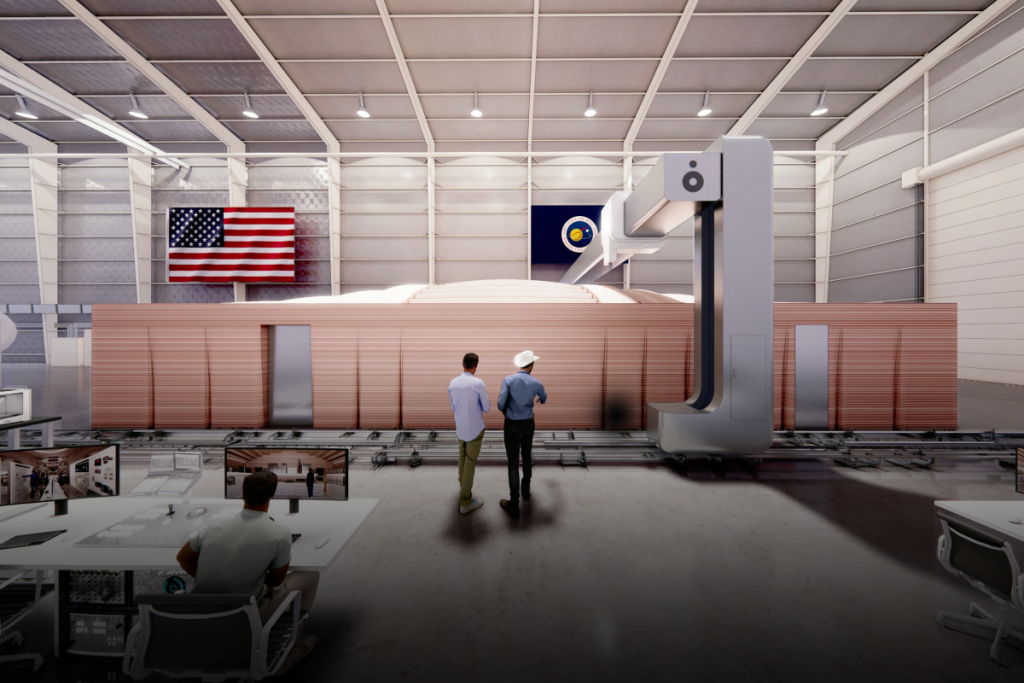A mission to Mars is inevitable in the ongoing scenario. The only problem is that where would the astronauts stay once they land on the planet that is poised to be humankind’s hope for salvation. For this very purpose, NASA has contracted Bjarke Ingels Group (BIG), a high profile architecture firm, to design a 3-D printed living space for humans. Applications of aspirants willing to stay over there for one year are also being accepted.
The Dune Alpha project will be located and developed in NASA’s Johnson Space Center in Houston, Texas. It would form part of the CHAPEA (Crew Health and Performance Exploration Analog) project. The ultimate goal of this project is three years-long simulations of Mars’s surface.

The project will kick off in late 2022; it would initially host four people, and those four will be put through various survival challenges like limited resources, equipment failure, and communication delays. Simulated spacewalks, scientific research, and the use of robotic controls are also a possibility too.

“If successful, you’d be living full-time in a shelter measuring just 1,700 sq ft (157 sq m) for 12 months. Its interior will be arranged on one level, and it will also be flexible with movable furniture allowing its occupants to adapt it to their needs. It will include four crew quarters, a crop growing area, a recreation area, kitchen, bathrooms, work area, a robotic room, and a treatment room. Four private crew quarters will be located on one end of the habitat; dedicated workstations, medical stations and food-growing stations are located on the opposite end, with shared living spaces found in between,” explains Icon, which is 3D printing the habitat. “Varying ceiling heights vertically segmented by an arching shell structure accentuate the unique experience of each area to avoid spatial monotony and crew member fatigue. A mix of fixed and movable furniture will allow crew members to reorganize the habitat according to their daily needs, as will the customizable lighting, temperature, and sound control – helping regulate the daily routine, circadian rhythm, and overall well being of the crew.”
Presently under construction, the Mars Dune is being prepared by the same Vulcan model 3D printer it used in previous projects, including the first 3D-printed homes to hit the market in the US. It works by jetting out cement-like mixtures out of an automated nozzle in layer form to create the base structure. Human builders only add finishing touches at the end.

As well as being tipped to create the simulated Mars base, Icon is being funded by NASA for Project Olympus. The 3D printing firm is working with BIG on this project to imagine a space-based construction system that would support future Moon expeditions.


